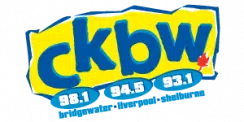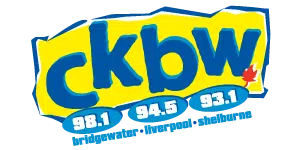The world is in the midst of challenging times as COVID-19 has been declared a pandemic. The prospect of having to self isolate for two weeks or longer has led to some shortages in food and supplies as people panic buy.
So how can we be better prepared for emergencies of this scale?
Peter Cullen,Director at Ross Farm Museum, says there are lots of lessons from the past that we can apply during this time.
In the past people followed seasonal diet practices-eating what was in season and from local sources if possible, and they preserved food for the down times. This is at odds with the existing culture that centres around shopping on demand rather than organizing food supplies and ensuring there is enough to last.
“We as a society have moved away from following those practices. We are used to having everything convenient and fresh.
Before refrigeration and delivery transport you had to stockpile things like dried beans,legumes,peas,dried herbs for spicing things up and salt and sugar for preserving meats and other foods. Even things like meats and apples can be dried and stored for a long time,” he said.
The Family Resource Centre in New Ross did a food security study and found that there are still a lot of people (around 70 per cent) who still eat their own food most of the year he said.
It can be challenging to establish food supplies in the midst of a crisis but there are steps you can take towards self-sufficiency and food security today.
“Even if you don’t have a backyard or a piece of land everyone can at least have a couple of window boxes or containers on a balcony to contribute towards growing your own food,” said Cullen.
Panic buying has resulted in shortages on staples like bread and the flour and yeast needed to bake it. Cullen says our culture has developed wild yeasts and become accustomed to risen or leavened breads, yet all over the world flat breads and non-yeast breads are eaten.
“It’s a solution that people around the world have been using probably since humans began making bread.You don’t need yeast to make tortillas and pita bread and they are quite easy to make not to mention delicious.”
Traditional breads consumed by North Americans are very soft and usually include sugar and as a result do not keep very long. The simpler ingredients used in flatbreads like flour,salt and yeast mean they will stay dry rather than go mouldy.
Bread that is dried out completely can be used in lots of different ways, grated into soup for instance. This is what would have been done before the time of sliced bread and toasters he said.
You can also make yeast starter such as that used for sourdough bread. This would be more suitable for the long term and as long as you keep an active starter on hand you will be able to make bread.
You can try making your own bread using potato yeast courtesy of www.thesurvivalmom.com .
Potato Yeast
1 unpeeled medium-sized potato
4 C warm water
1 tsp salt
1 tsp sugar
1-quart jar
Instructions
Rinse your potato to remove dirt, but don’t scrub it too much.
Cut it into pieces to facilitate cooking, then boil until cooked through.
Drain, and save the water.
Mash the potato and add sugar and salt.
Allow mixture to cool until it is at room temperature.
Add water to the potato mash until the whole mixture equals 1 quart.
Cover and let sit in a warm place and allow it to ferment for several days.
Once you have created your own yeast, you need to “feed” it regularly. This means adding 1 cup flour and 1 cup water to the mix so that the yeast can keep growing. You will need to feed the starter daily if it is at room temperature, or weekly if it is in the fridge. If you don’t bake bread that day, you will also need to toss out one cup of the starter after feeding so that the ratios stay the same.









